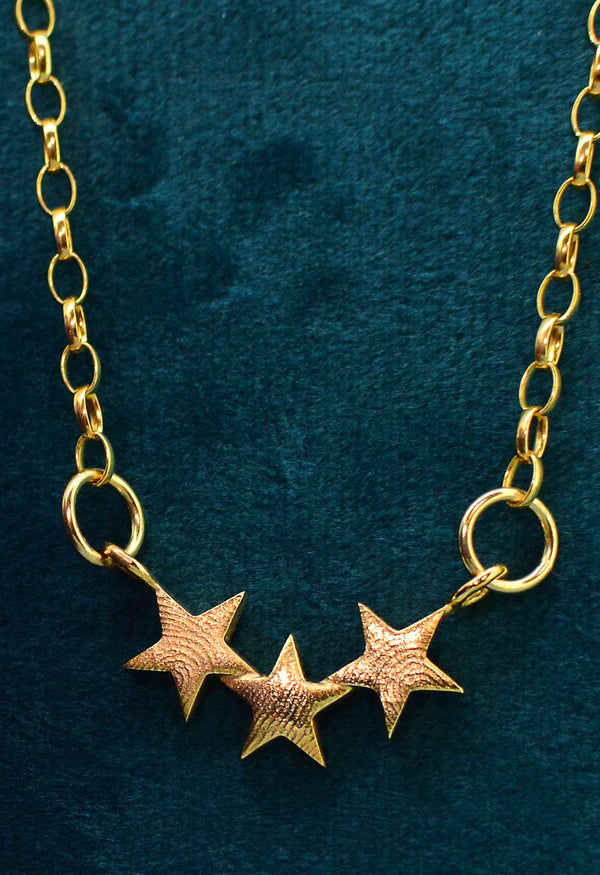Your Cart is Empty
~ Waiting List in Operation ~ Please Ask Before Ordering ~
~ Personalised jewellery to treasure forever ~
~ Waiting List in Operation ~ Please Ask Before Ordering ~
~ Personalised jewellery to treasure forever ~

10 British wild flowers to look out for this year
April 16, 2018 3 min read
Britain’s landscapes are filled with colour and character at all times of year, thanks to the varied species of flowers which grow wild here.
Here are ten of the most popular and beautiful British wild flowers to look out for in our woodlands, hedgerows, marshlands and coastal areas.
- Snowdrop
We all look forward to the sight of the first snowdrops of the year. These small bell-shaped white blooms are among the first flowers to appear in late January and February, reminding us that spring is on its way.
The snowdrop has grown wild in Britain for approximately 300 years. It can be found in woodlands, meadows and parklands.
- Primrose
The delicate primrose is a welcome indicator of spring, appearing in hedgerows, on woodland floors and along cliff tops between March and May. Its name means “first rose”.
Primroses can be recognised by their pale-yellow flowers, which feature darker yellow centres. If you look closely, you can tell the male from the female flowers.
- Bluebell
Britain’s woodlands come alive in April and May with beautiful carpets of bluebells providing a sea of colour beneath the shade of the trees. Several bell-shaped blooms hang from each stem, and range in colour from deep blue to paler shades, white and even pink.
70 percent of the world’s bluebells can be found in Britain, with millions sometimes growing together in one wood. One of the nation’s favourite wild flowers, the bluebell can also be found in fields and hedgerows during the spring.
- Dog Rose
Of Britain’s many native species of wild rose, the dog rose is one of the best-known and the most beautiful. Its distinctive five-petalled flowers range from white to a deep pink, and bloom in British hedgerows and woodlands throughout May and June.
This attractive climbing plant also brings us a second flush of colour in the autumn, when its oval-shaped, bright red rose hips appear in clusters within the foliage of the hedgerow.
- Lily of the Valley
The lily of the valley is a common sight on woodland floors in England and Wales throughout May and June. It features spikes of white, bell-shaped flowers amongst deep-green leaves, and each spike is curved, as unusually, the flowers only grow on one side of the spike.
The lily of the valley is also known for its sweet scent, which makes it a favourite with Britain’s bees.
- Ragged Robin
The ragged robin is a highly distinctive plant which can be found predominantly in marshlands. Sadly, it is becoming increasingly rare in England as its natural habitats are disappearing.
Flowering between May and August, you can recognise the ragged robin by its grass-like leaves and pink blooms. Each flower has many long, irregularly-shaped petals, which give the plant its “ragged” appearance.
- Foxglove
The foxglove flowers between June and September in hedgerows, on heathlands, at the edges of woodlands and even on roadside verges in rural areas. This perennial British favourite can grow up to two metres tall, with spikes bearing multiple flowers in purple, pink, and occasionally white.
The lower half of each flower features dark-coloured spots on the inside, giving the foxglove an exotic appearance.
- Bird’s Foot Trefoil
Flowering on British grasslands and heathlands between May and September, the bird’s foot trefoil is sometimes known as “eggs and bacon” because its round-shaped yellow flowers often feature red streaks.
A member of the pea family, the bird’s foot trefoil grows close to the ground, and its flowers can be seen in clusters in grassy areas.
- Poppy
The native poppy which grows throughout the UK is usually known as the corn poppy or field poppy, due to its frequent presence in cornfields. Between June and August, its large oval-shaped buds will open, each producing a single bloom.
A favourite amongst British wild flowers, the poppy features distinctive red bright petals and black centres. When you see them in in the wild, they’re instantly recognisable.
- Honeysuckle
The sweetest-smelling of all British wild flowers, the honeysuckle twines itself around plants and trees in hedgerows and woodlands. Its cream-coloured, trumpet-shaped blooms can be seen between June and September, and are often tinged with orange or pink.
Highly attractive to many species of British butterfly and moth, the honeysuckle smells sweetest at night. Once its flowers have faded, it produces bright red berries in late autumn - don’t pick and eat them though! They’ll give you an upset tummy.
Leave a comment
Comments will be approved before showing up.
Subscribe
Sign up to get the latest on sales, new releases and more …

Join the Club
WE'RE SO PLEASED TO SEE YOU!
Stay a while and look around.
While you're here, why not subscribe to our newsletter?We'll give you £20 off your first order, VIP access to new products, and access to our very special sample sales.We promise not to annoy you (honest).
